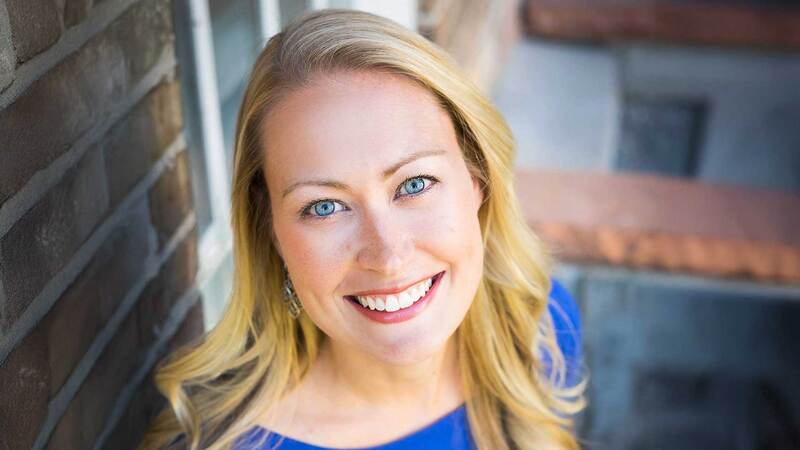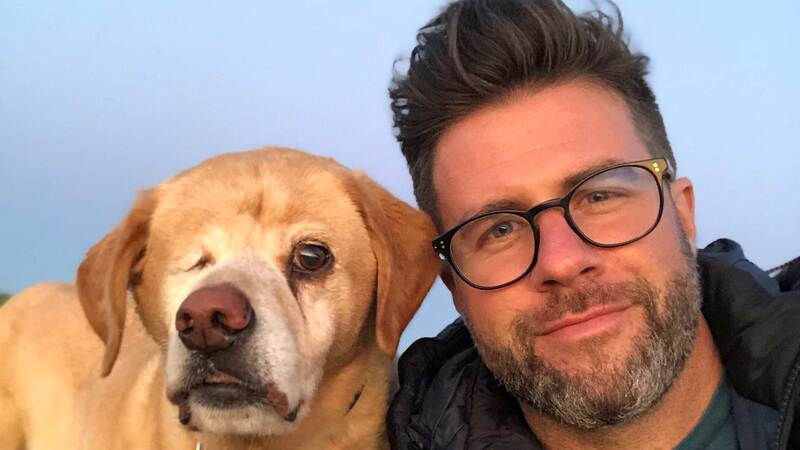You are viewing your 1 free article this month. Login to read more articles.
John Boyne: Books by the shelf-full
As an aspiring young writer, newly graduated from the creative writing MA at the University of East Anglia, John Boyne took a job at Waterstone's in Dawson Street in his home town of Dublin.
It was a good place to be, he says. "Our shop was filled with aspiring writers, actors and musicians. As a young person in my 20s it was a great place to work. Everyone had ambitions, and kept each other charged up."
In Boyne's case those ambitions are bearing fruit. After publishing three historical novels, he is creating an especial buzz with a foray into writing for young adults (The Boy in the Striped Pyjamas, David Fickling, 5th January 2006, h/b, £10.99, 038560940X). Early responses from the trade are very enthusiastic, foreign rights have been sold to five countries, and film rights have gone to Mark Herman, director of "Brassed Off".
The Boy in the Striped Pyjamas is seen from the perspective of Bruno, a nine-year-old boy forced to leave his home in Berlin to live with his family in a strange and unwelcome environment. The only friend he finds in his drab new home is a little boy, Shmuel, separated from him by the big fence that separates Bruno's world from the very peculiar place on the other side.
Slowly the reader comes to understand what Bruno can't--that the two little boys are at Auschwitz, one a camp inmate and the other the son of its commander. Boyne carries the story so effectively, particular in the ending, that few readers will avoid tears.
The way Boyne tells it, The Boy in the Striped Pyjamas came out of nowhere. "I tend to plot out my novels quite densely in advance, but this one was competely different. I was going to sleep one night and I had the image that's in the book, of two little boys, one on each side of the fence. I recognised where it would be and what situation they would be in. The next morning I got up and sat down at the computer and started writing.
"I got into a tone of voice on the first page, writing it in the third person but seeing it as Bruno would see it. I started the first draft on Wednesday morning and finished it on Friday lunchtime, 50,000 words in two and a half days. Basically I didn't leave the computer at all. It was a very strange experience."
In the year or so it took him to complete the book, he worked hard to keep the perspective utterly believable as that of a nine-year-old child caught up in the dreadful events of the Holocaust. He hopes, he says, that the novel will help keep the memory of what happened alive.
"The first child who read it was my nephew, who was 12 at the time. When he'd finished I asked him how long it took him to get it and how much he knew in advance of the story. He said they had studied it at school, but his father told me he'd come to him to ask more questions about it--so there were things he didn't understand and he was sufficiently moved that he wanted to find out more. I was thrilled by that."
Boyne gives the impression of an utterly unwavering commitment to his craft. Writing, and only writing, is his life's ambition. "I think a lot of writers my age want to do everything--write screenplays, be a celebrity, be on TV. I'm old-fashioned. I'd like to grow old and have a whole series of books on the shelves, and that's all I want to do. Write novels and be happy."
And of course, he's also an avid bookbuyer himself, particularly of favourites such as John Irving. "You know what I miss most about working at Waterstone's? I miss my 331/3% discount," he says, with obvious sincerity.









